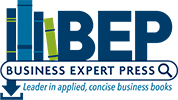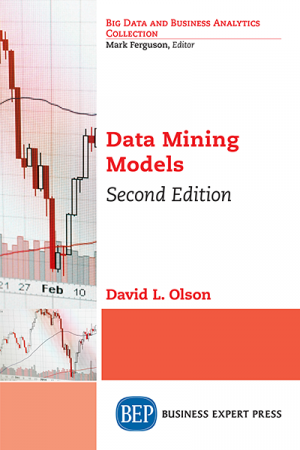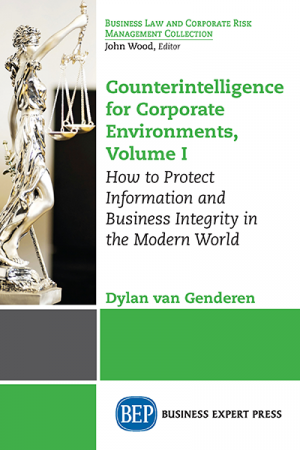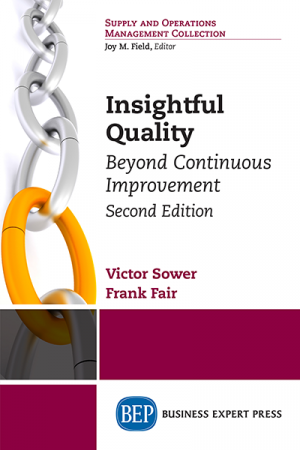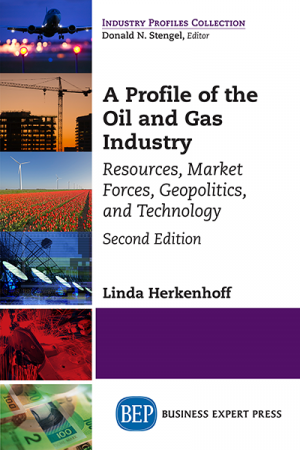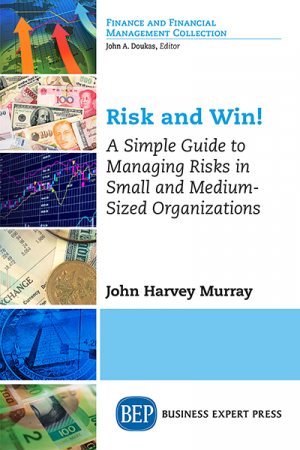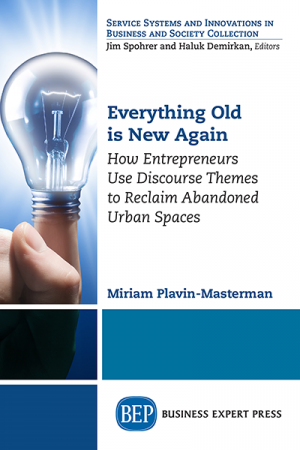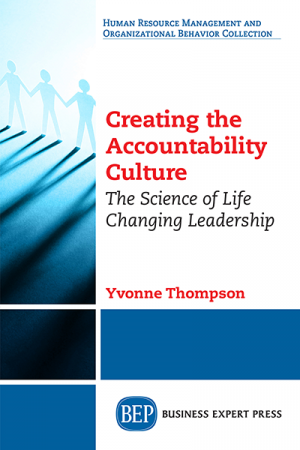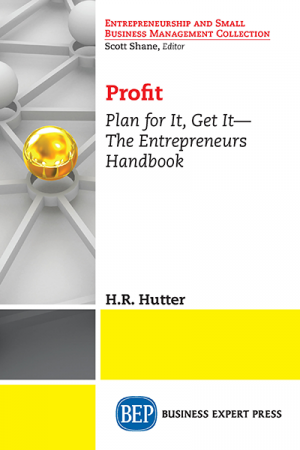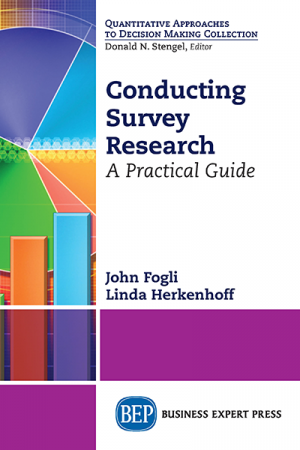Data Mining Models, Second Edition
$21.99Data mining has become the fastest growing topic of interest in business programs in the past decade. This book is intended to describe the benefits of data mining in business, the process and typical business applications, the workings of basic data mining models, and demonstrate each with widely available free software.
The book focuses on demonstrating common business data mining applications. It provides exposure to the data mining process, to include problem identification, data management, and available modeling tools. The book takes the approach of demonstrating typical business data sets with open source software. KNIME is a very easy-to-use tool, and is used as the primary means of demonstration. R is much more powerful and is a commercially viable data mining tool. We also demonstrate WEKA, which is a highly useful academic software, although it is difficult to manipulate test sets and new cases, making it problematic for commercial use.
